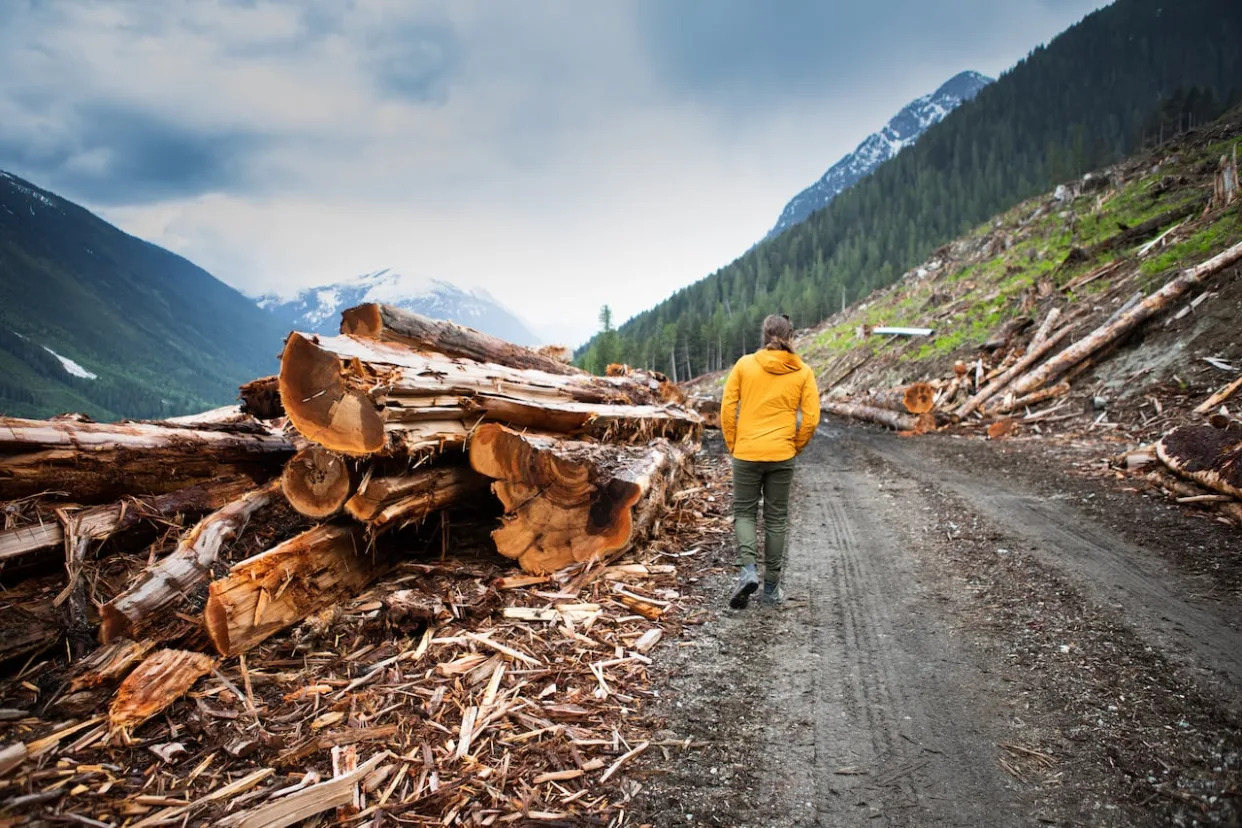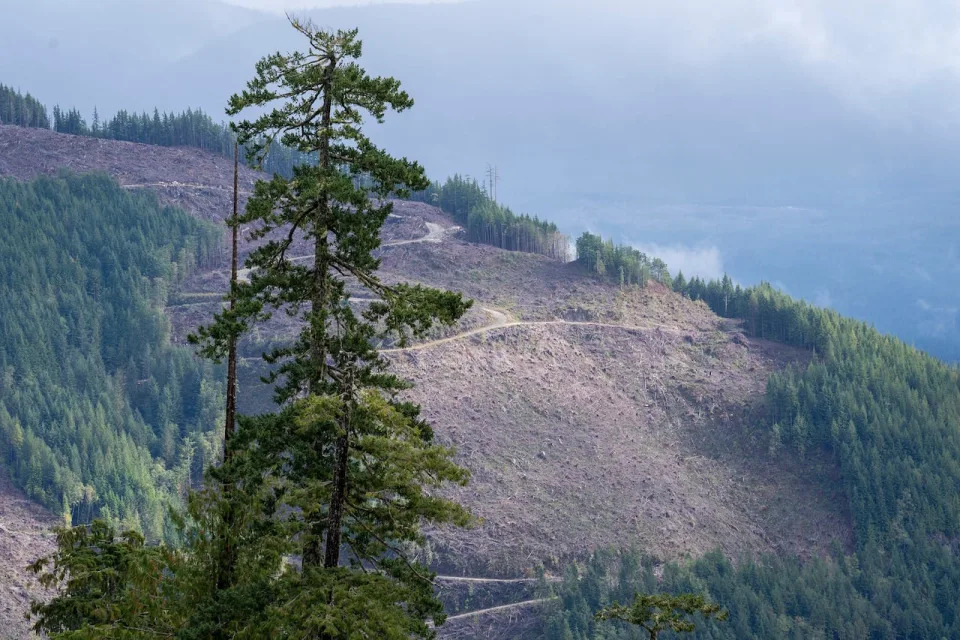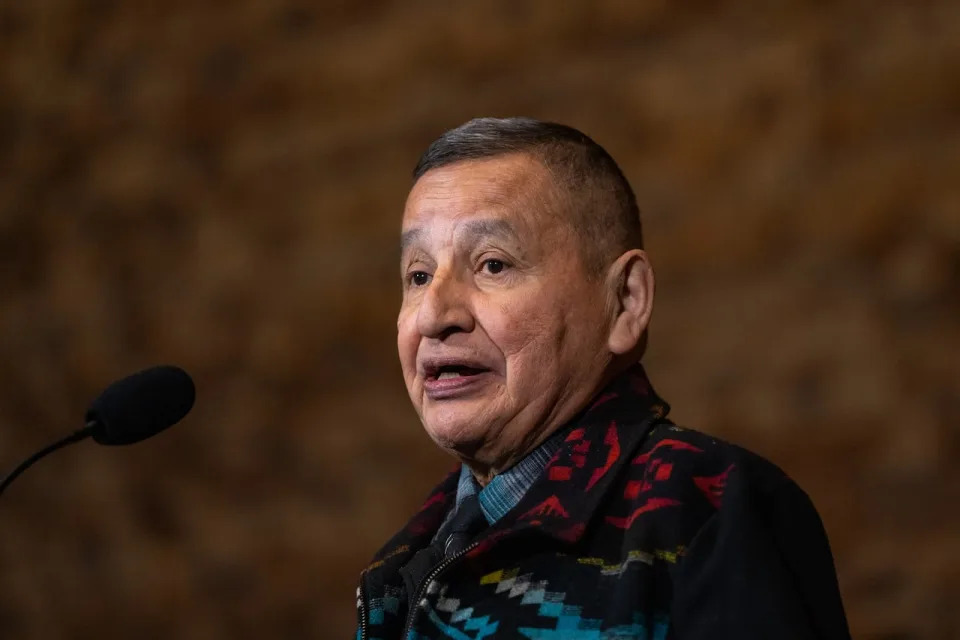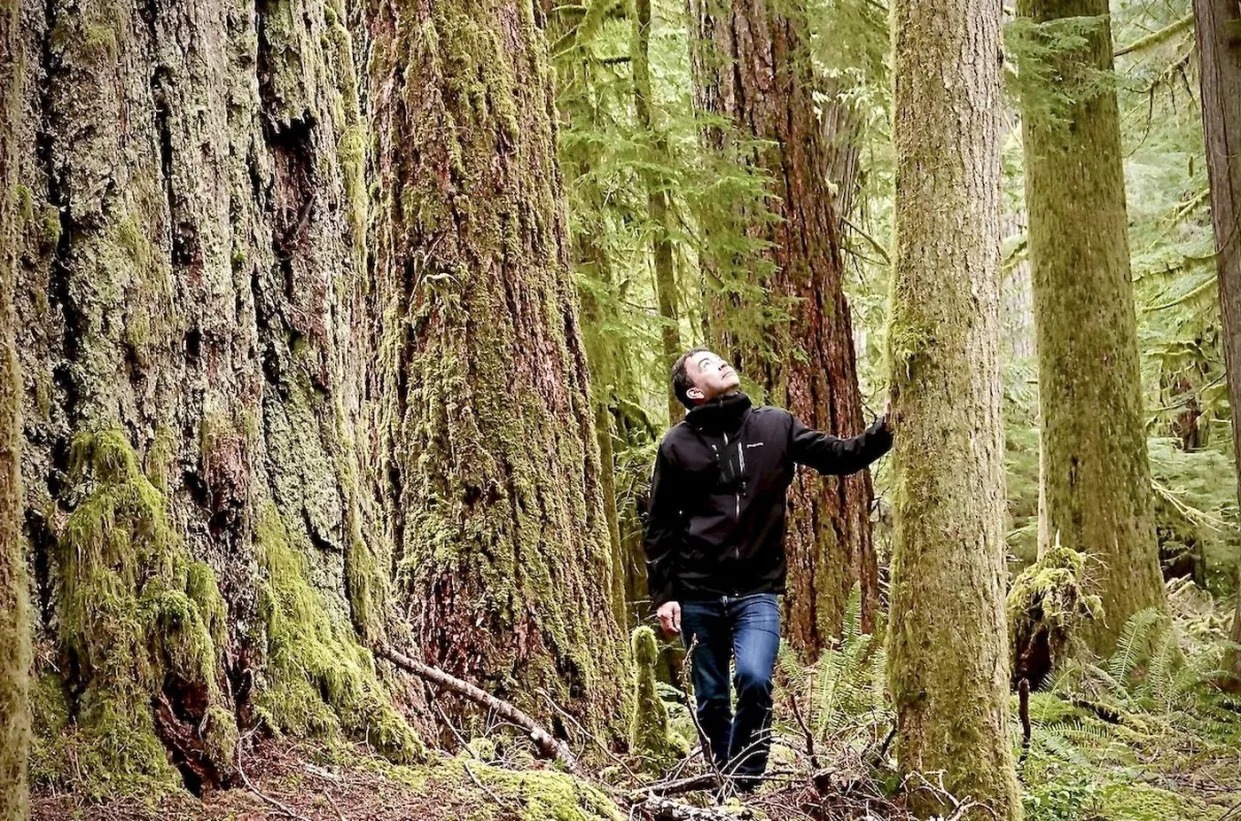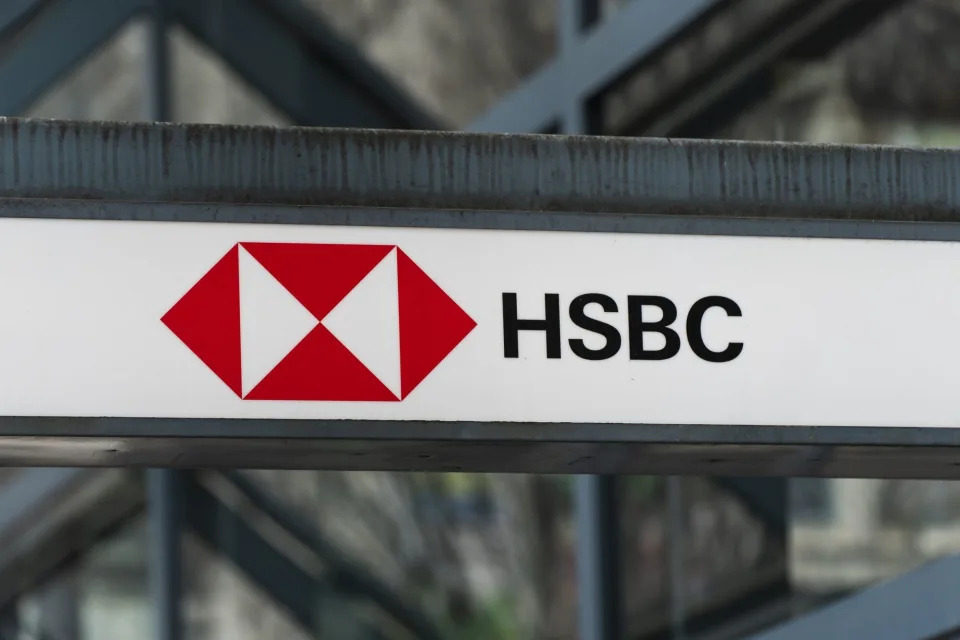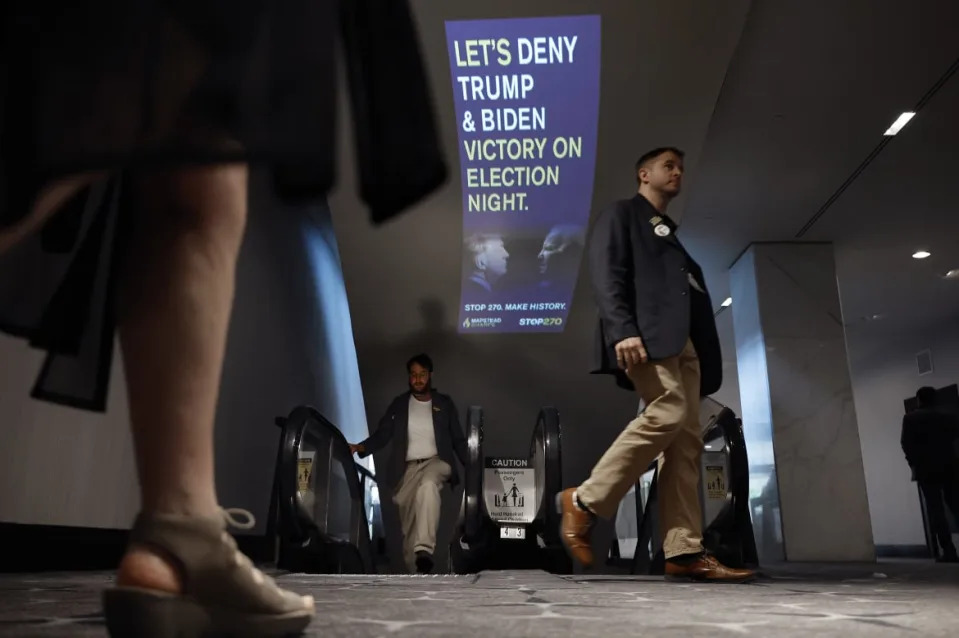Sunny Nagpaul
Tue, May 21, 2024
New flight attendants—faced with low starting wages, long days with relatively fewer payable hours, and no opportunity to renegotiate wages on their contacts since 2019, even while inflation has been steadily rising—need to weather a lot of turbulence en route to a financially stable career path.
An employment verification letter from American Airlines is circulating on Reddit and collecting attention because of how low starting wages are for some newly hired flight attendants. The letter, which states that a new American Airlines flight attendant will have a projected annual salary of $27,315 before incentives and taxes are collected, has sparked conversations about fair wages for flight attendants and how inflationary price hikes are making life unaffordable for many Americans—even if the economy and labor markets look good on paper.
The union that represents American Airlines workers, called the Association of Professional Flight Attendants, verified the authenticity of the letter, CNN reported, which is issued for potential landlords or other services where flight attendants need to verify their employment and income.
While the salary listed in the letter is above the federal poverty line of $15,060 for a single-person household, that figure doesn’t reflect the true cost of living on a national level, which can be much higher in major metropolitan areas.
The union has also been calling out the low starting pay, which for a single-income household meets the qualification criteria for the federal Supplemental Nutrition Assistance Program (SNAP), or food-stamp benefits, in several states including Massachusetts and New York.
The union is also calling attention to a growing issue of “corporate greed” by drawing comparisons between the wages an flight attendant can earn as opposed to what the company’s CEO, Robert Isom, earns.
The starting salary for a new flight attendant is about $27,000 per year, which is just a fraction of the CEO’s $31.4 million earned last year—an amount 1,162 times greater than the earnings of a new attendant.
American Airlines did not immediately respond to Fortune’s request for comment.
To be sure, a concoction of challenges lie between the union representing American Airlines’ flight attendants and management. Under a federal law called the Railway Labor Act, workers and union members in the airline and railroad industries are not allowed to go on strike without permission from the government. Federal mediator groups, like the National Mediation Board, could authorize such permission by declaring an impasse in negotiations between American Airlines and the union group, or by allowing the union to pursue a potential strike.
The last contract the union negotiated was signed in 2014, according to a November update by the association, and workers have been without a raise since 2019.
“Flight attendants are frontline workers left shouldering the weight of inflation without the compensation needed to keep pace with the industry,” the association wrote in a statement, and added that attendants’ quality of life “could be improved with a new collective bargaining agreement.”
Recently the union has been pushing for a new contract to raise hourly wages, joining flight attendants from other airlines, including United Airlines, Alaska Airlines, and Southwest, which are making similar demands.
Ensuring flight attendants are properly paid is especially important considering their work model includes many hours of unpaid work. On average, full-time flight attendants only get about 75 hours of hourly pay each month, and pay often only officially begins once the plane’s doors close, rather than compensation that also accounts for hours when they need to be at the airport or on the plane during the boarding process.
“One of the most stressful parts of the flight experience is during the boarding process,” the union wrote in a May 20 summary, adding, “yet we are not paid for this work.”
Securing boarding pay, the union wrote, “is an important step in addressing this historic inequity”; other airlines have notably been making those changes, albeit slowly. In June 2022, Delta Air Lines instituted boarding pay for flight attendants, offering workers half their hourly rate during boarding, after facing threats of a union campaign. Delta, however, is the only major U.S. airline whose flight attendants are not unionized.
The union is now proposing a 33% pay raise with a cap at $91 per hour during the first year of a new contract, with pay raises of 5%, 4%, and 4% for the remaining years of a four-year agreement. It’s also calling for retroactive pay raises based on how much attendants worked during the last five years of negotiations.
American Airlines “refused to budge off a top rate of $76 per hour, plus boarding pay and other improvements,” the union wrote in the summary, but the company included benefits like boarding pay, higher 401K matching contributions, and profit sharing on the same formula as pilots in its most recent contract proposal to the union.
This story was originally featured on Fortune.com
